Beneath the rolling hills of Llandudno, Wales, lies the Great Orme Copper Mine, a 4,000-year-old archaeological treasure. Recognized as the largest prehistoric copper mine in the world, this site offers a fascinating glimpse into the ingenuity and perseverance of our Bronze Age ancestors.
Discovery of a Bronze Age Wonder
In 1987, during a routine landscaping project, workers stumbled upon an extensive network of underground tunnels. What began as a chance discovery soon revealed a sprawling labyrinth spanning over five miles, complete with tunnels, passageways, and caverns. Excavations confirmed the site’s origins in the Bronze Age, marking it as one of the most significant ancient mining operations in Europe.
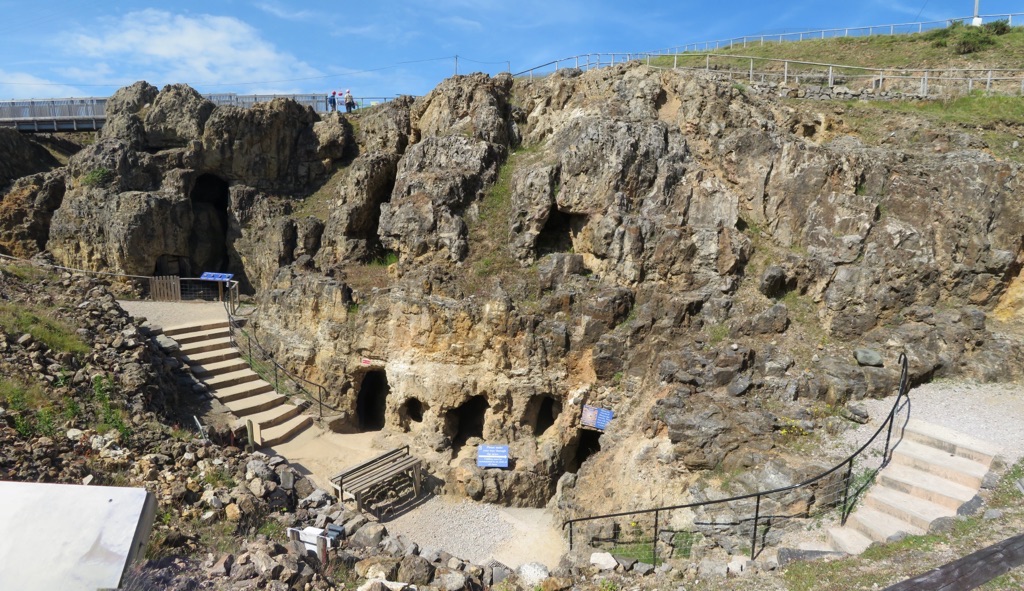
The Scale of the Great Orme Copper Mine
The mine’s labyrinth of passageways extends across nine subterranean levels, reaching depths of approximately 230 feet. Among its most notable features is the Great Cavern, the largest known prehistoric underground excavation globally. Archaeological evidence suggests that miners used simple yet effective tools like granite stone hammers and animal bones to extract malachite, a valuable copper ore, from the Carboniferous limestone.
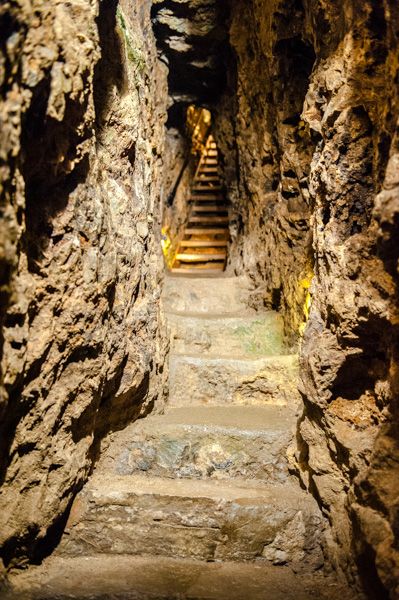
Copper Production and Historical Significance
Estimates suggest the Great Orme Copper Mine produced enough copper to create nearly 2,000 tons of bronze. This staggering output underscores the mine’s importance in the ancient metalworking industry, making it a vital hub for Bronze Age communities. Its significance has earned it the nickname “the Stonehenge of copper mining,” a testament to its scale and historical impact.
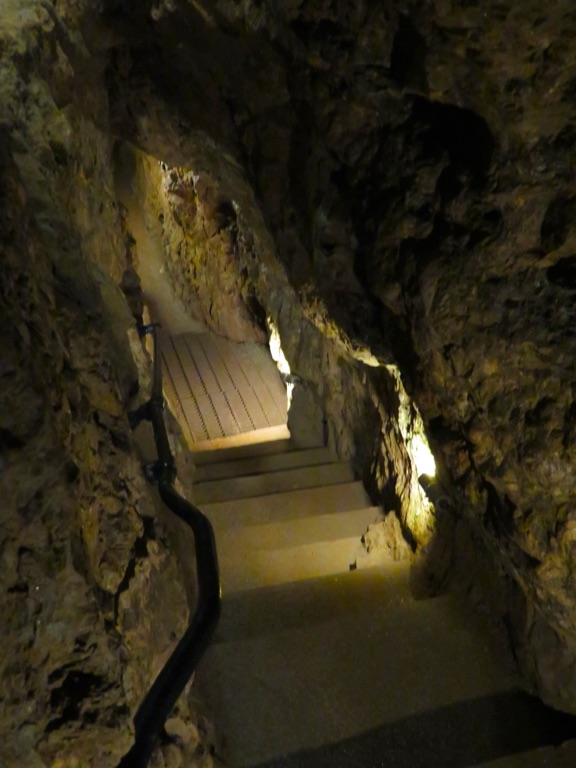
The Role of Child Labor in Mining
One of the most poignant discoveries at the Great Orme mine is the evidence of child labor. Narrow tunnels, too small for adults to navigate, indicate that children as young as five years old were tasked with carving these passageways. This sheds light on the labor practices of the time, revealing how entire communities, including their youngest members, contributed to the operation.
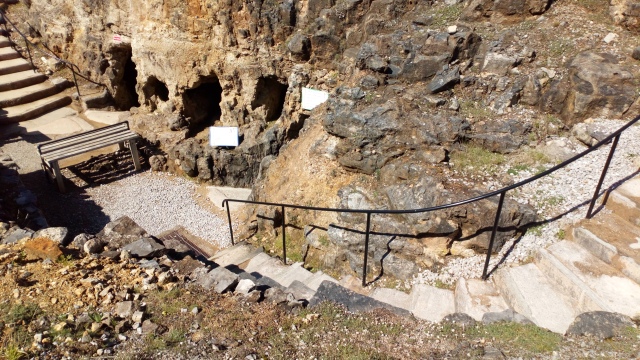
The Decline of Mining Activities
The Great Orme mine’s operations began to wane between 1400 and 1300 BCE, during the Late Bronze Age, with activity persisting in a diminished capacity into the Early Iron Age. The reasons for this decline remain unclear but may include resource depletion or the emergence of more efficient mining techniques elsewhere.
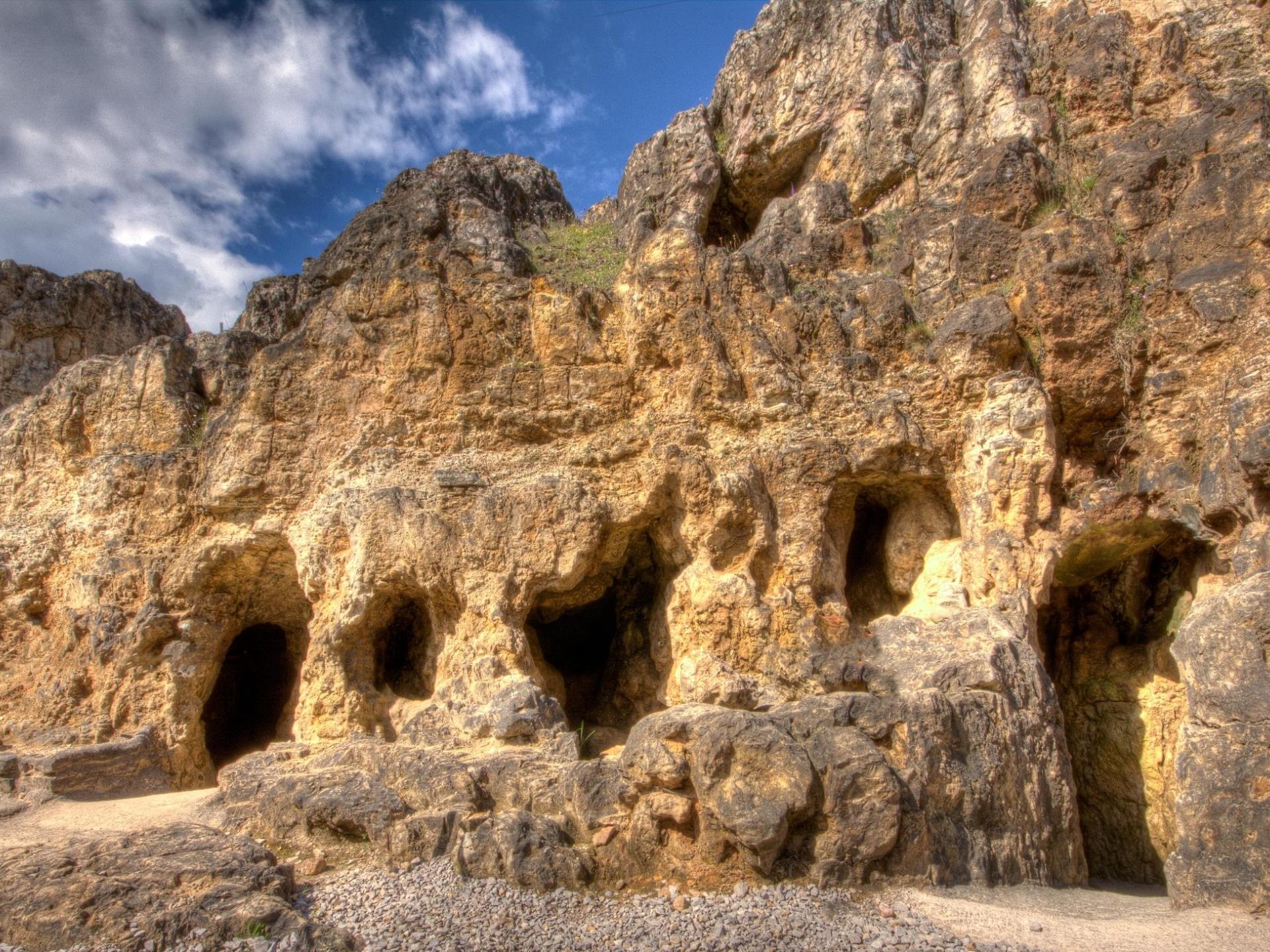
A Window into the Past
Today, the Great Orme Copper Mine is a protected heritage site and popular tourist attraction. Visitors can explore its ancient tunnels, marvel at the craftsmanship of early miners, and gain a deeper appreciation for the technological advances that defined the Bronze Age.
The Great Orme Copper Mine remains a beacon of archaeological and historical significance, inviting us to uncover the mysteries of a bygone era and connect with the legacy of early human achievement.

